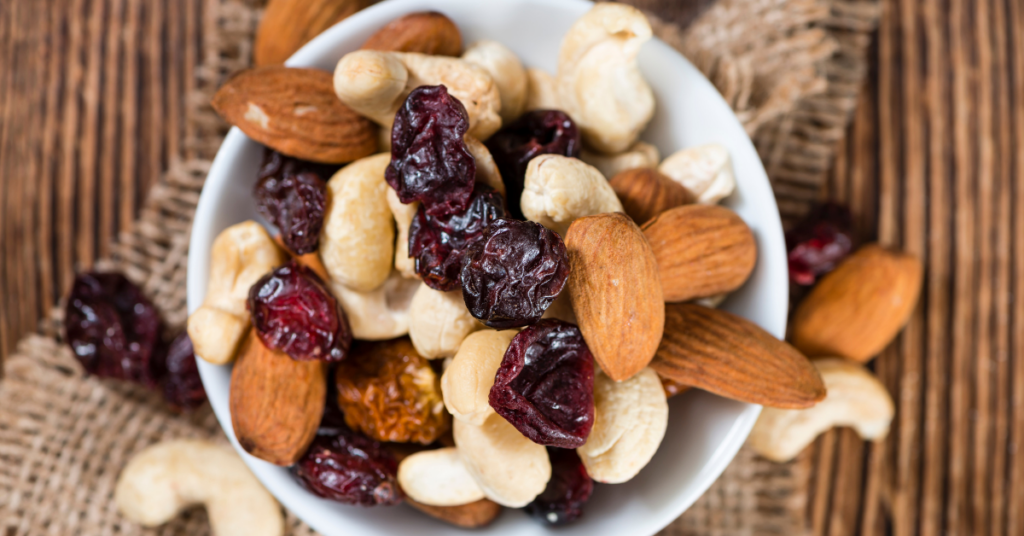Article at a Glance:
- Exercise alone isn’t the fat-loss superhero it’s hyped up to be.
- The real key to dropping pounds? Eating fewer calories than you burn.
- Strength training steps in to make sure you’re losing fat, not muscle, while giving your metabolism a boost.
The Truth About Fat Loss
When I first wanted to get into shape — to me, that meant being lean with visible abs — I turned to cardio, specifically running. I assumed that as long as I racked up the miles, my body would naturally take the shape I was after. Nutrition wasn’t even a consideration; I thought the secret was simply to run my way to a lean physique.
At one point, I was averaging 30 miles a week at a solid pace. My endurance improved, but I wasn’t achieving the lean, muscular look I wanted. Yes, I was thinner, but I wasn’t strong, and I was actually getting weaker.
That’s when I realized something was missing. The more I ran, the more my body seemed to fight back. I was constantly hungry, fatigued, and despite all my effort, I wasn’t seeing the definition I expected. It was frustrating, but eventually I came to realize the flaw in my approach: running alone wasn’t enough.
The real key to fat loss wasn’t just burning calories — it was about what I was eating and how I was training. That’s when I turned to strength training, and everything changed.
The Misconception of “Moving More” for Weight Loss
For decades, we’ve been sold the idea that exercise is the golden ticket to weight loss. “Move more, burn more, weigh less” — it sounds simple, logical, and empowering. Yet, anyone who’s tried to outrun a bad diet knows the truth: exercise alone doesn’t deliver the dramatic fat loss we’ve been promised.
Sure, you can hop on a treadmill or hit the pool to burn a few hundred calories, but the body has a sneaky way of fighting back. Step up your activity, and your hunger often scales up too, nudging you to eat back those hard-earned losses. It’s a fleeting endeavor at best, that leaves many of us frustrated as we hop on and off the hamster wheel exerting effort but not getting anywhere.
The foundational requirement for losing weight is to create lifestyle habits that align with your goal, with the primary factor being food intake. To lose weight, you must consume fewer calories than you expend.
Despite claims from diet gurus that scream “calories don’t matter,” the laws of thermodynamics dictate otherwise: energy cannot be destroyed. In other words, what you eat must either be used as fuel or stored as body fat.
When you eat more calories than you burn, the excess is stored, leading to weight gain. Conversely, eating fewer calories than you burn leads to weight loss.
However, simply eating less to lose weight presents a significant challenge: the weight lost will come from both fat and muscle — and no one should want to lose muscle because it is imperative to quality of life. This is where strength training becomes essential.
Why Strength Training is Essential for Fat Loss
If you’re like many people, you may avoid strength training or only engage in it sporadically, believing that cardio or group fitness classes are the key to a lean, toned physique.
But here’s the thing, basic strength training does it all better, with the added benefit that you get stronger, and here’s why:
- Preserves Muscle Mass: Losing weight without lifting often leads to muscle loss. Strength training ensures the weight you lose comes from fat, not muscle.
- Increases Metabolic Rate: More muscle means more calories burned, even at rest — so you’re burning fat 24/7, not just during workouts.
- Shapes Your Physique More Effectively: “Toning” is simply losing fat while maintaining muscle, and lifting weights is the best way to achieve it. Don’t worry about getting “bulky” as it takes years of dedicated effort.
- Improves Functional Strength: Lifting makes everyday tasks like carrying groceries, chasing kids, or taking the trash out easier. That strength keeps you moving, feeling good, and sticking with it, which all add up to better fat loss.
- Boosts Fat Burning Beyond the Workout: Strength training increases calorie burn not just during exercise but for hours afterward, thanks to muscle repair and recovery.
Strength Training vs. Traditional Cardio for Fat Loss
Cardio is often hailed as the go-to fat burner, but it plays a short game.
You burn calories while moving, but the moment you stop, the caloric burn quickly fades. Strength training, however, continues working long after you’ve left the gym.
- Increases Long-Term Fat Loss: Studies show lifters lose more fat over time than those who rely solely on cardio. Your body keeps burning calories post-workout as it repairs and builds muscle.
- Prevents the ‘Skinny Fat’ Look: Cardio alone can leave you lighter but still soft and under-muscled. Strength training sculpts a lean, defined body by maintaining muscle.
- Burns More Calories Overall: While cardio burns more calories during the session, strength training leads to greater long-term calorie expenditure through increased muscle mass and metabolic rate.
- Enhances Strength and Functionality: Lifting weights improves movement efficiency, reduces injury risk, and helps maintain muscle as you age.
How to Incorporate Strength Training for Effective Fat Loss
Want to get started? You don’t need an expensive gym membership or an advanced degree in exercise science. Just stick to a few key principles to get started:
- Prioritize Compound Movements: Squats, deadlifts, presses, and rows. These hit tons of muscles at once and get you the most bang for your buck.
- Show Up 2-3 Times a Week: Even two 30-minute sessions can keep your muscles happy while you’re eating less.
- Go Heavy (for You): Start with what you can handle — say, bodyweight squats — then add a little more each week, like a 5-lb dumbbell. It’s about progress, not perfection.
- Eat Smart: Pair lifting with a diet that contains enough protein to keep your muscles from shrinking. A rough goal? Aim for about a gram per pound of body weight if you’re cutting calories.
No gym? No problem. Start with push-ups, bodyweight squats, or lifting household items. Short on time? Even 30 minutes is enough to see progress. What matters most is consistency, not fancy equipment.
LiveComplete Takeaways
- You can’t outrun a bad diet — no matter how much cardio you do, your hunger will try to compensate.
- Strength training is the most effective way to lose fat while preserving muscle, which will uncover the physique you’re after.
- Unlike cardio, lifting weights continues burning calories long after your workout ends.
- “Toning” is just fat loss plus muscle retention — strength training is the fastest way to achieve it.
Strength training is an essential, but often overlooked, tool for fat loss. While diet remains the foundation, simply eating less can lead to both fat and muscle loss. Strength training ensures that weight loss comes primarily from fat while preserving muscle, which supports metabolism and long-term success.
Unlike cardio, which burns calories only during activity, strength training increases calorie burn for hours afterward and improves overall body composition.
Incorporating compound movements, progressive overload, and adequate protein intake makes strength training the most effective approach for sustainable fat loss and improved strength, function, and quality of life.
Sources
- Willis, L. H., Slentz, C. A., Bateman, L. A., Shields, A. T., Piner, L. W., Bales, C. W., Houmard, J. A., & Kraus, W. E. (2012). Effects of aerobic and/or resistance training on body mass and fat mass in overweight or obese adults. Journal of Applied Physiology, 113(12), 1831–1837. https://doi.org/10.1152/japplphysiol.01370.2011



